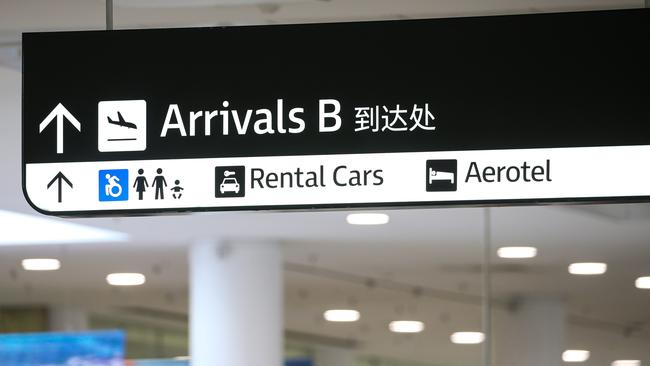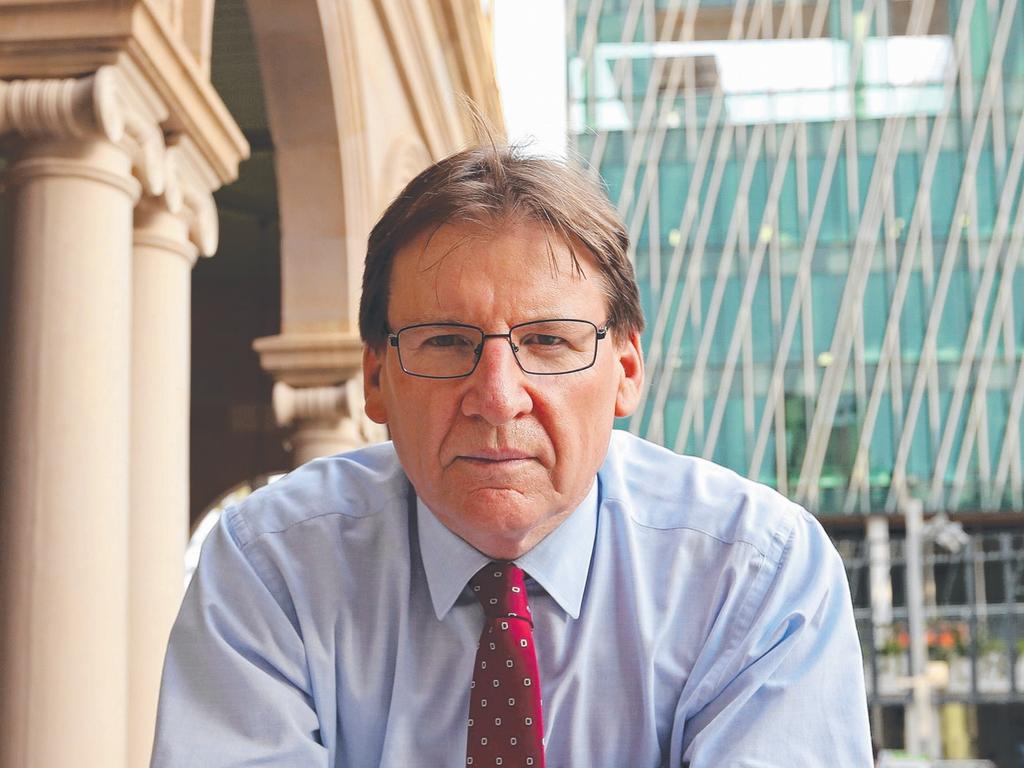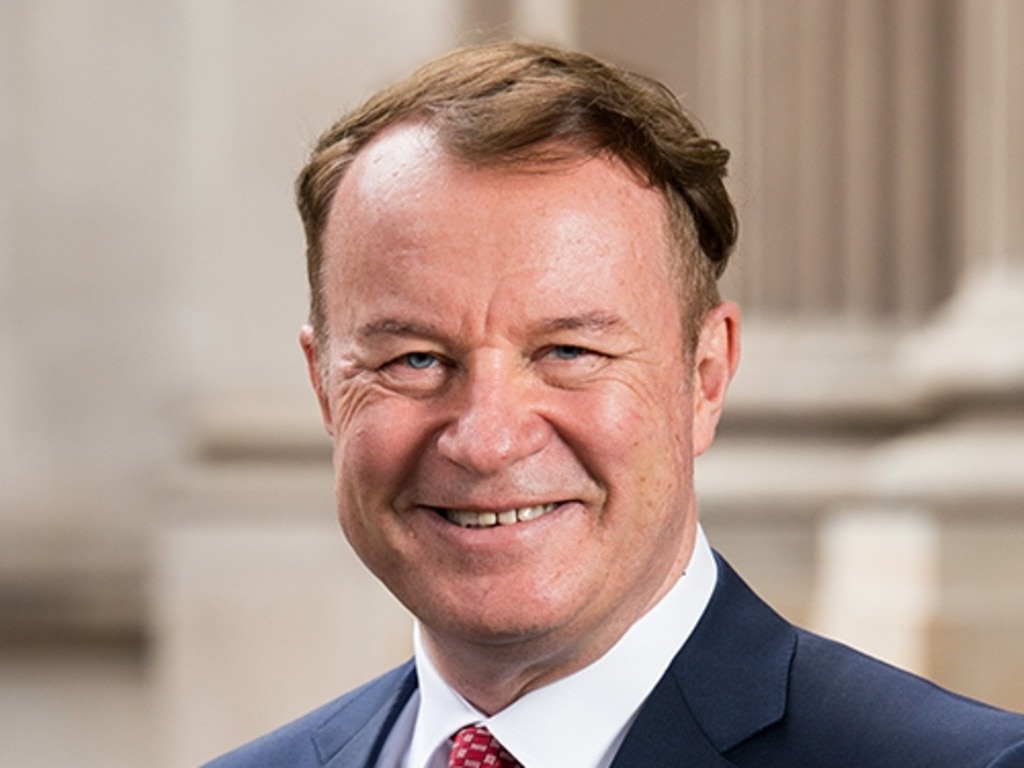International education sector goes from bust to boom
The rapid return of international students post-Covid has lifted the amount they spend in Australia to its highest ever value in a six-month period.

Australia’s education exports have gone from bust to boom, as the rapid return of international students post-Covid has lifted the amount they spend in Australia to its highest ever value in a six-month period.
Figures released by the Australian Bureau of Statistics on Tuesday show that international students spending on tuition fees, accommodation, travel, recreation and other living costs within Australia was worth a record $21.3bn from January to June this year.
Over the full year to June 2023, international students studying in Australia spent $36.7 billion, 77 per cent higher than the same period a year earlier. The full year figure is not far short of the all time highest value for annual education exports of $40.1bn in 2019 at the height of the last international student boom, just before the industry was hit by Covid border closures.
In the year to June another $1.4bn was spent on tuition fees international students studying online from overseas, a category which barely existed prior to the pandemic.
The strong growth is being partly driven by Australia’s high inflation rate, with international students in Australia being forced to pay more for rent and other essentials.
But the sector’s rapid recovery is mainly due to sharply higher numbers of international students this year, who are returning in the wake of Covid, aided by the weaker $A. In the first six months of 2023, 622,000 international students were studying onshore in Australia, 29 per cent more than in the same period last year.
Indian students, who make up 16 per cent of those studying onshore, grew in number by 29 per cent and Nepalese students, who make up 9 per cent of the total, grew by 21 per cent.
There was huge growth in student numbers from Colombia and the Philippines which grew by 147 per cent and 100 per cent respectively, although off a lower base.
Although Chinese remain the largest cohort of international students in Australia – making up 21 per cent of the total – their numbers fell by 2 per cent in the first six months of this year compared to the same period last year.
This could reflect the slowing Chinese economy affecting the willingness of Chinese parents to send their children to study overseas. But the weakness is also partly due to the fact that Chinese student numbers remained high during the pandemic, with many of them continuing to study online with Australian universities during Covid.
International Education Association of Australia CEO Phil Honeywood warned that the sector should “take a reality check” on the strong growth numbers before it got “too excited”.
“History shows that whenever we have a massive influx of international students we invariably get community pushback and a risk to quality outcomes,” he said.
Last week the federal government announced a crackdown on dodgy colleges and education agents which it said had encouraged thousands of non-genuine students to use student visas to get work rights in Australia. It ended a special Covid visa allowing students to shift to full time work and warned it was considering using a never before exercised power to suspend education providers engaged in dodgy visa practices.
Earlier this year the government encouraged international students to stay in Australia and work after they graduate by extending post study work rights for international students.
“Quite rightly the Albanese government is focused more on students who will meet the massive skill shortages that are already apparent in our economy,” Mr Honeywood said.
Universities Australia CEO Catriona Jackson said international education was surging back “adding billions of dollars to the economy and paying for the essential services all Australians rely on”.
“Australia is an export nation and education is our largest services export and the biggest one we don’t dig out of the ground. When education exports are strong, Australia is strong,” she said.
Craig Carracher, executive chair of international student accommodation provider Scape, said that international students from many countries were benefitting from the weaker $A “which continues to enhance Australia’s competitiveness on price and cost from key international markets”.








To join the conversation, please log in. Don't have an account? Register
Join the conversation, you are commenting as Logout